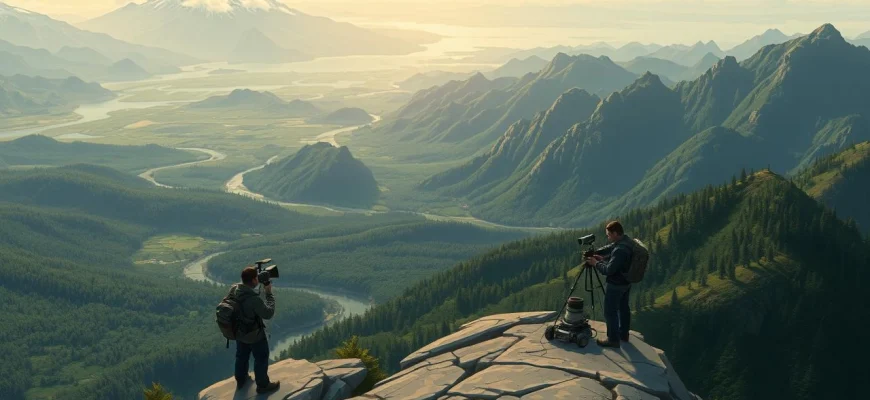If you were captivated by the breathtaking visuals and compelling storytelling of 'Planet Earth III (2023),' you're likely eager to find more documentaries and shows that offer similar awe-inspiring glimpses into the natural world. This article highlights 10 must-watch films and series that share the same spirit of exploration, stunning cinematography, and deep respect for our planet's ecosystems. Whether you're a nature enthusiast or simply love high-quality documentaries, these recommendations will keep you engaged and inspired.
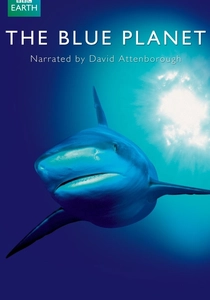
The Blue Planet (2001)
Description: As the aquatic precursor to 'Planet Earth III', this groundbreaking series set the standard for underwater wildlife filmmaking. Both share Attenborough's authoritative narration and a mission to reveal previously unseen marine behaviors, though 'Planet Earth III' benefits from two decades of technological advancement.
Fact: 'The Blue Planet' was the first comprehensive documentary series about the world's oceans. It featured the first footage of a live giant squid, though this wasn't captured until the 2006 follow-up. The series inspired global awareness about ocean conservation issues.
 Watch Now
Watch Now 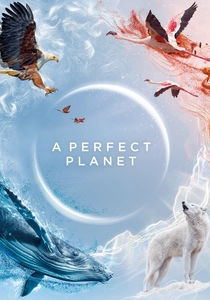
A Perfect Planet (2021)
Description: This series, like 'Planet Earth III', examines Earth's natural systems and how life adapts to them. Both combine spectacular wildlife footage with discussions about environmental challenges, though 'A Perfect Planet' places more emphasis on how natural forces shape life.
Fact: The series features footage from six continents, including Antarctica. It includes the first aerial footage of the Dallol hydrothermal field in Ethiopia. One episode focuses entirely on volcanoes and their role in shaping ecosystems.
 Watch Now
Watch Now 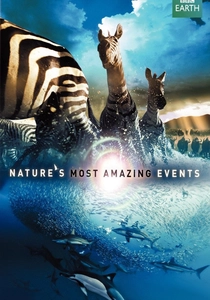
Nature's Great Events (2009)
Description: Like 'Planet Earth III', this series focuses on dramatic natural phenomena that shape ecosystems. Both showcase the interconnectedness of species and environments, using spectacular footage of events like migrations or seasonal changes to tell compelling ecological stories.
Fact: The series features the largest animal migration on Earth - the sardine run off South Africa. It captured polar bears hunting beluga whales, a behavior rarely documented. The 'Great Tide' episode shows how billions of sardines create a feeding frenzy along the coast.
 Watch Now
Watch Now 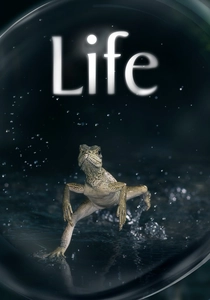
Life (2009)
Description: 'Life' shares with 'Planet Earth III' a deep exploration of the diversity of life on Earth, using groundbreaking filming techniques to capture never-before-seen behaviors. Both series emphasize the adaptability and resilience of species, with a strong narrative drive that makes complex biological concepts accessible.
Fact: 'Life' was the first BBC series to use the then-revolutionary Phantom HD high-speed camera for wildlife footage. The series features a sequence of dolphins creating mud rings to trap fish, a behavior first filmed for this documentary. Oprah Winfrey narrated the American version, marking her first foray into nature documentary narration.
 Watch Now
Watch Now 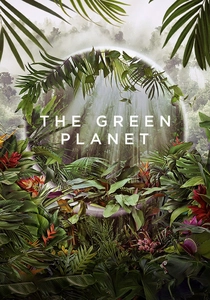
The Green Planet (2022)
Description: As a botanical counterpart to 'Planet Earth III', this series reveals the hidden world of plants with the same cinematic grandeur. Both use innovative filming techniques (like time-lapse photography in 'The Green Planet') to showcase nature's wonders, emphasizing interconnected ecosystems.
Fact: The series used robotic cameras to achieve plant's-eye views of the world. It features the largest flower in the world, Rafflesia arnoldii, which smells like rotting flesh. The production team developed new time-lapse techniques that could film growth in real-time.
 Watch Now
Watch Now 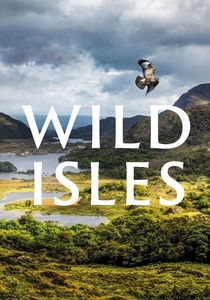
Wild Isles (2023)
Description: This recent series shares 'Planet Earth III's focus on British wildlife, using similar cutting-edge technology to reveal extraordinary behaviors in familiar species. Both celebrate biodiversity while highlighting conservation challenges, with Attenborough's narration providing continuity.
Fact: The series features the first-ever footage of orcas hunting harbor porpoises in British waters. It includes stunning aerial shots of white-tailed eagles stealing fish from otters. A dedicated episode focuses on the challenges of wildlife filmmaking in Britain.
 Watch Now
Watch Now 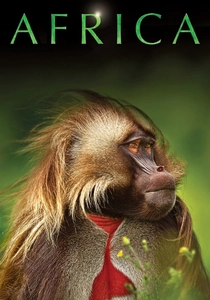
Africa (2013)
Description: Like 'Planet Earth III', 'Africa' presents breathtaking landscapes and intimate animal stories, with particular attention to how species adapt to extreme environments. Both series use advanced technology to reveal hidden aspects of wildlife behavior, creating a sense of wonder about the natural world.
Fact: The series features the first-ever footage of a giraffe giving birth in the wild. A dedicated team spent four years filming across 27 countries. The 'Kalahari' episode captured rare footage of black rhinos visiting a waterhole at night.
 Watch Now
Watch Now 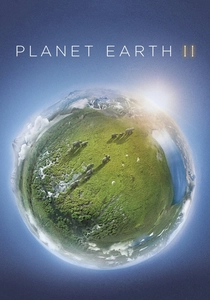
Planet Earth II (2016)
Description: As the direct predecessor to 'Planet Earth III', this series shares the same production values, technological innovations, and narrative approach. Both use ultra-high-definition photography and groundbreaking techniques to immerse viewers in diverse habitats, from cities to remote wilderness.
Fact: The 'Cities' episode was the first major wildlife documentary to focus on urban animals. The series' iguana vs. snakes sequence became one of the most viral nature clips ever. It was the first nature documentary filmed in 4K resolution throughout.
 Watch Now
Watch Now 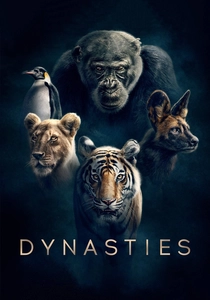
Dynasties (2018)
Description: Similar to 'Planet Earth III', 'Dynasties' focuses on the lives of individual animal families, showcasing their struggles and triumphs in the natural world. Both series are produced by the BBC Natural History Unit and feature stunning cinematography, narrated by Sir David Attenborough, which enhances the emotional connection with the audience.
Fact: 'Dynasties' was the first BBC natural history series to focus on the story of individual animals rather than species or habitats. The series took over four years to film across various continents. One episode features a chimpanzee named David, whose leadership struggle was compared to Shakespearean drama by critics.
 Watch Now
Watch Now 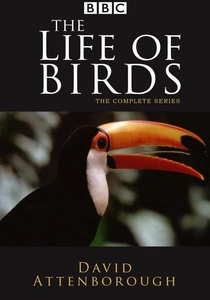
The Life of Birds (1998)
Description: This early Attenborough series shares with 'Planet Earth III' a focus on specific animal groups, using innovative filming to reveal avian behaviors. While technologically simpler, it established the template for later series - combining scientific rigor with accessible storytelling about animal adaptation.
Fact: The series took three years to film across 42 countries. It features the first slow-motion footage of a hummingbird's tongue in action. One episode reveals how bowerbirds create elaborate 'art galleries' to attract mates.
 Watch Now
Watch Now 
